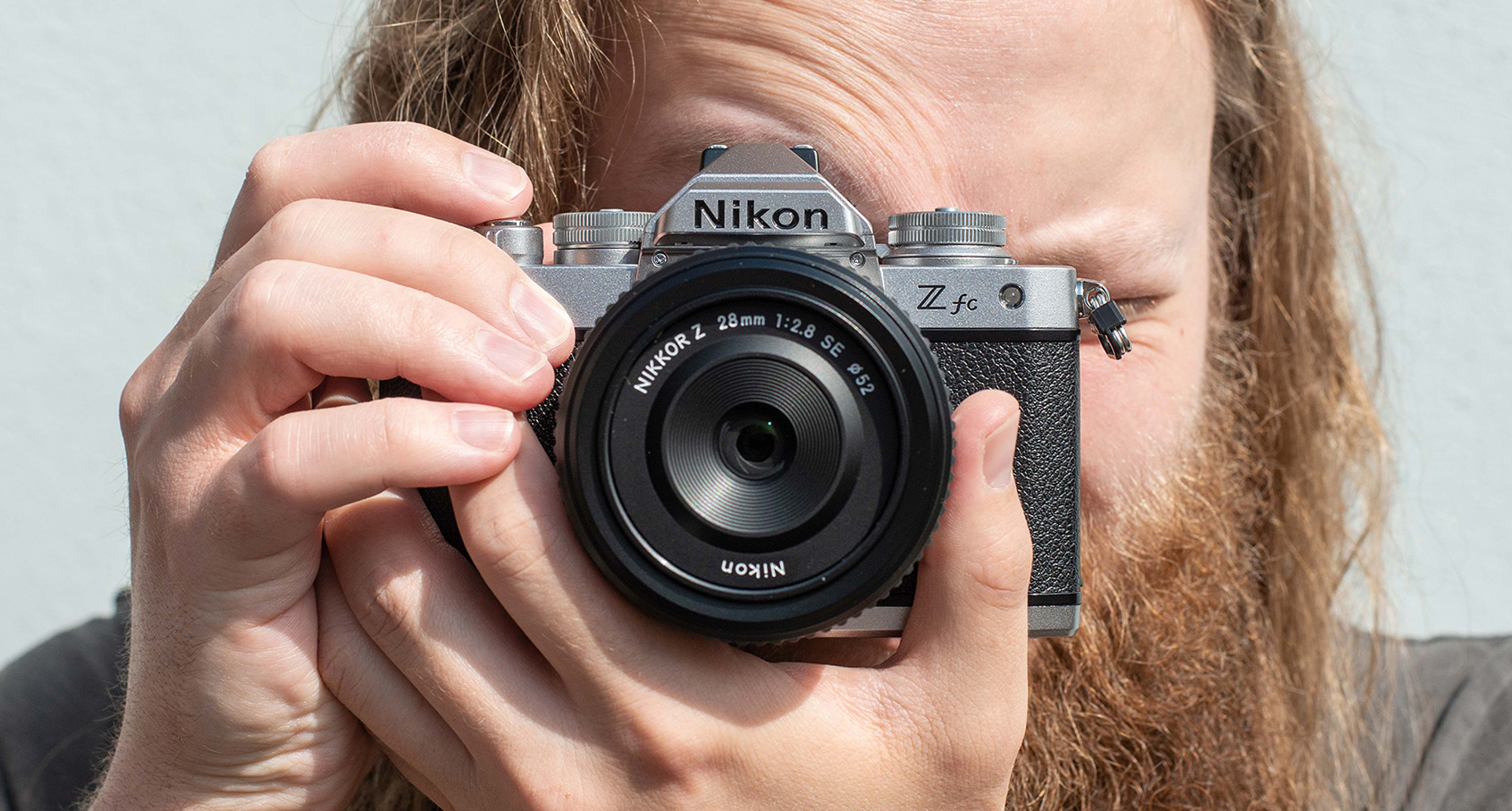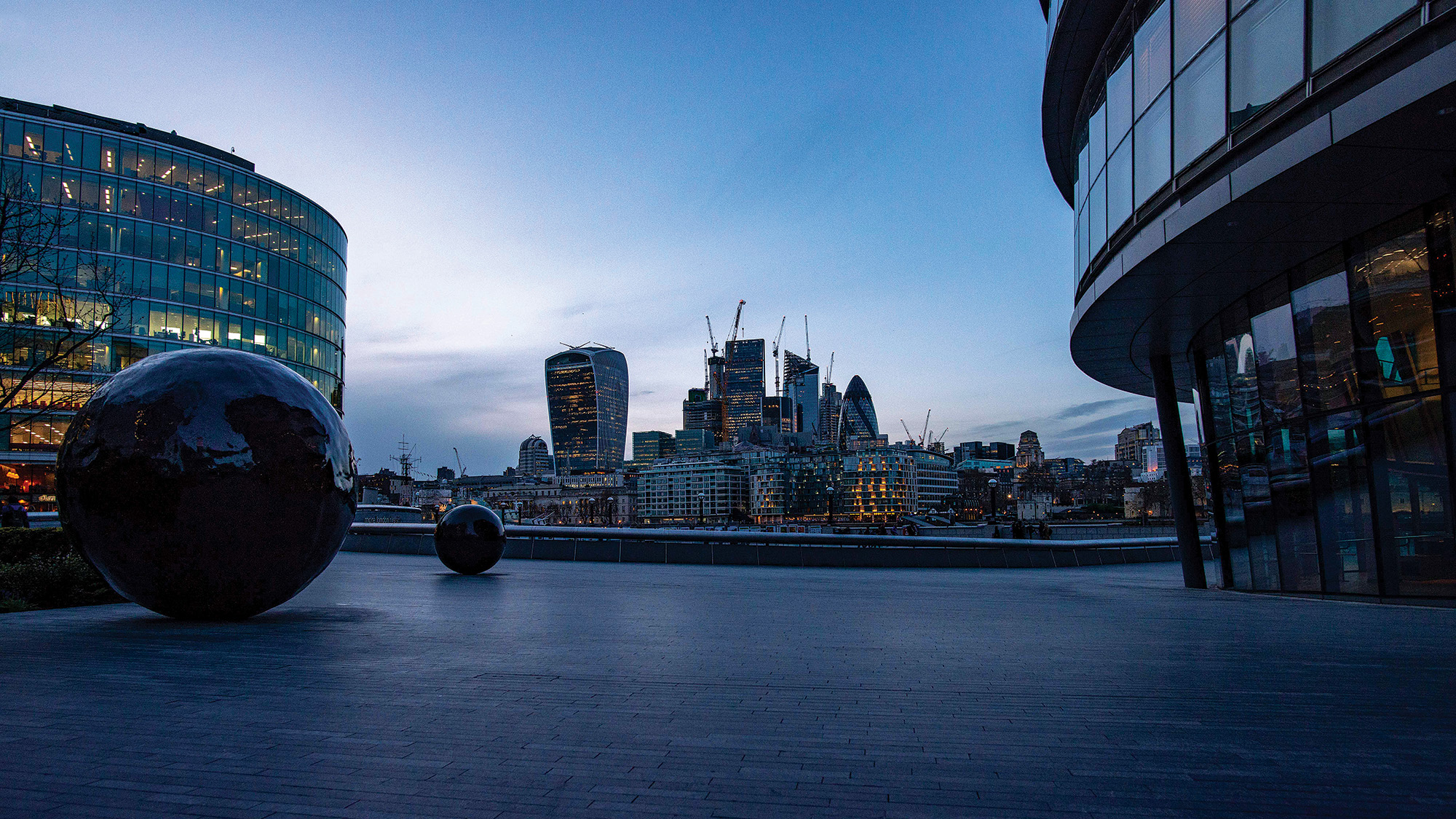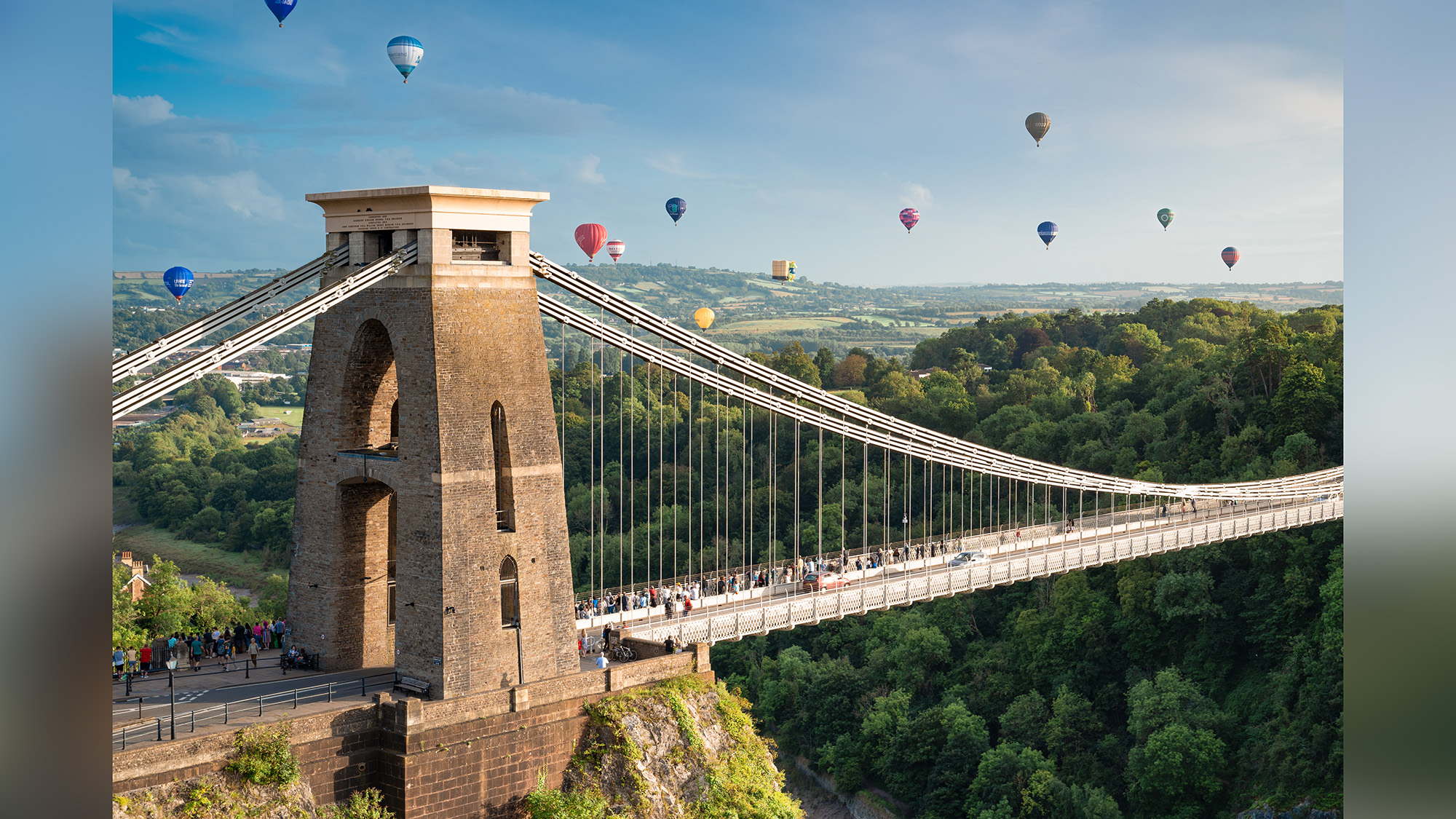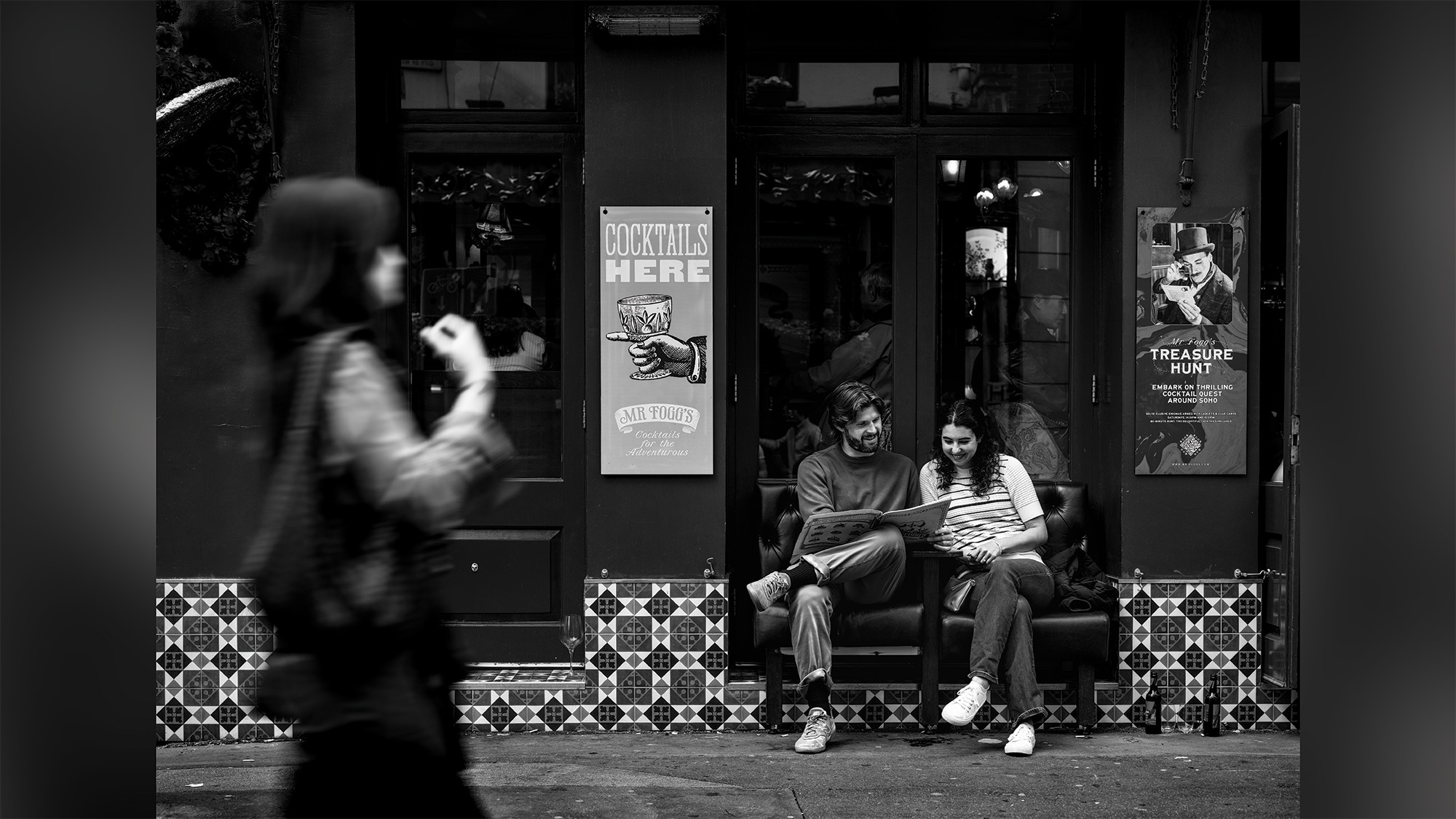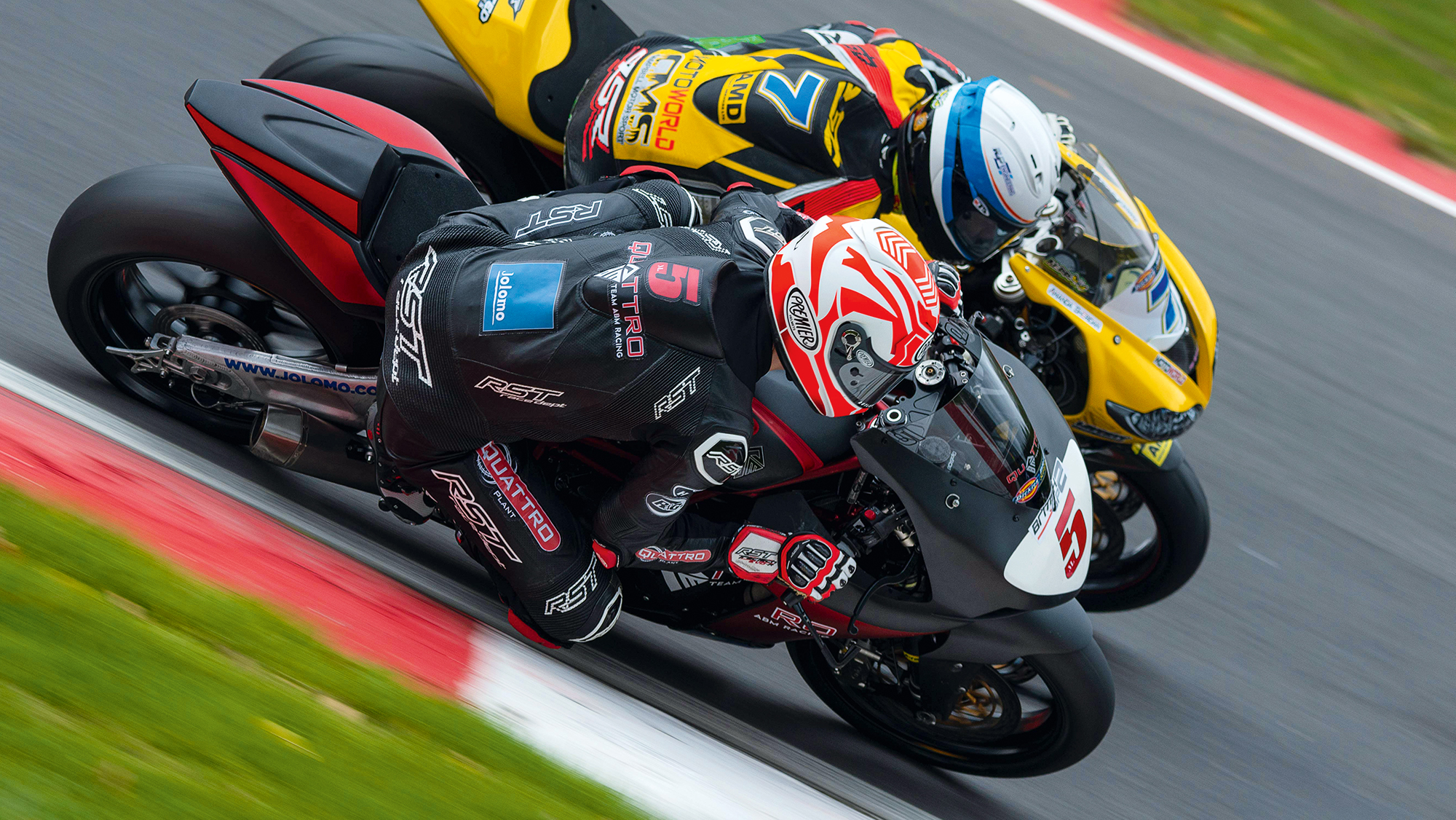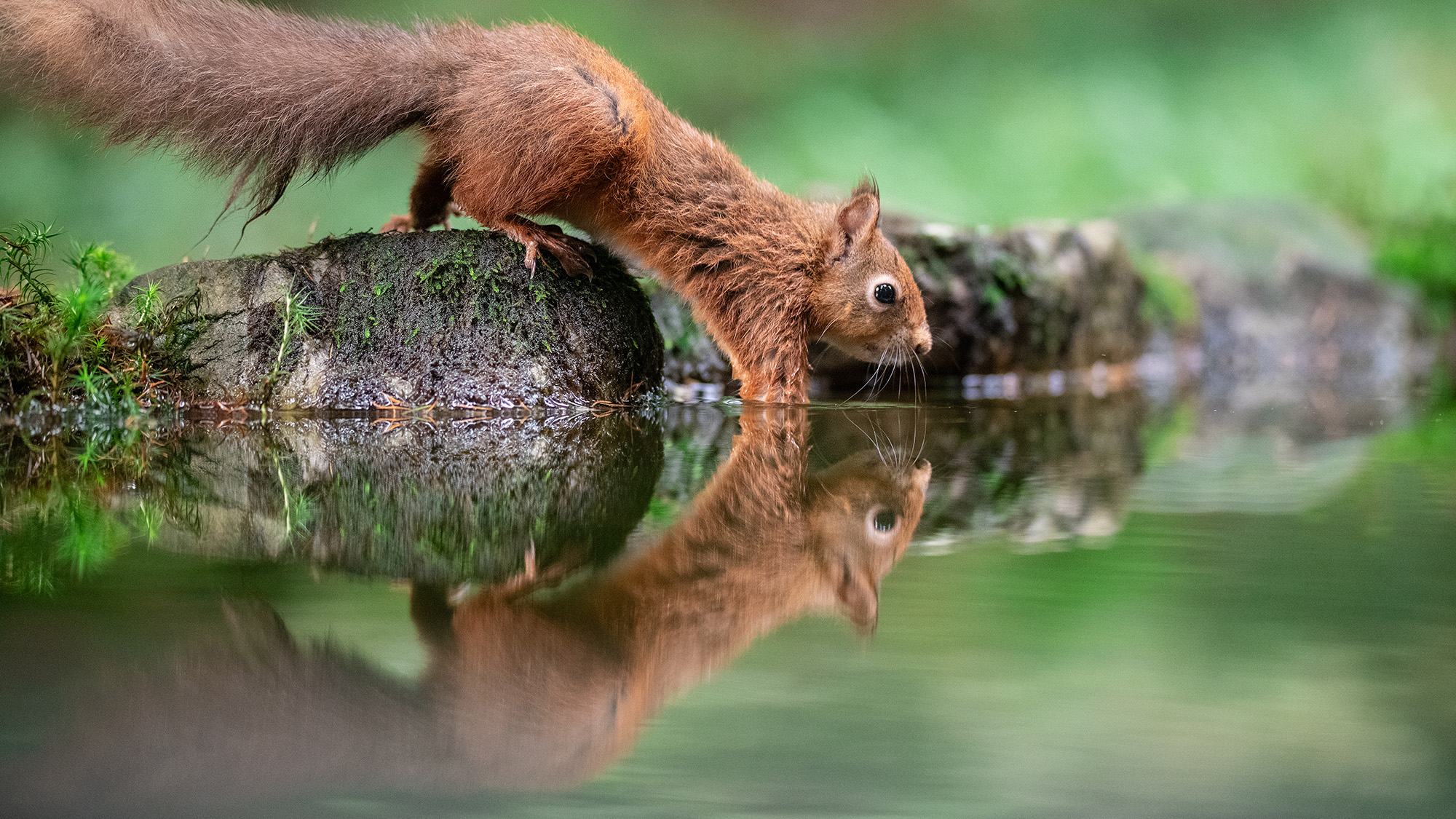How do you choose the right focal length of lens to use for your photography?
Choosing the right focal length for your photography is a crucial part of the creative process... we explain all!
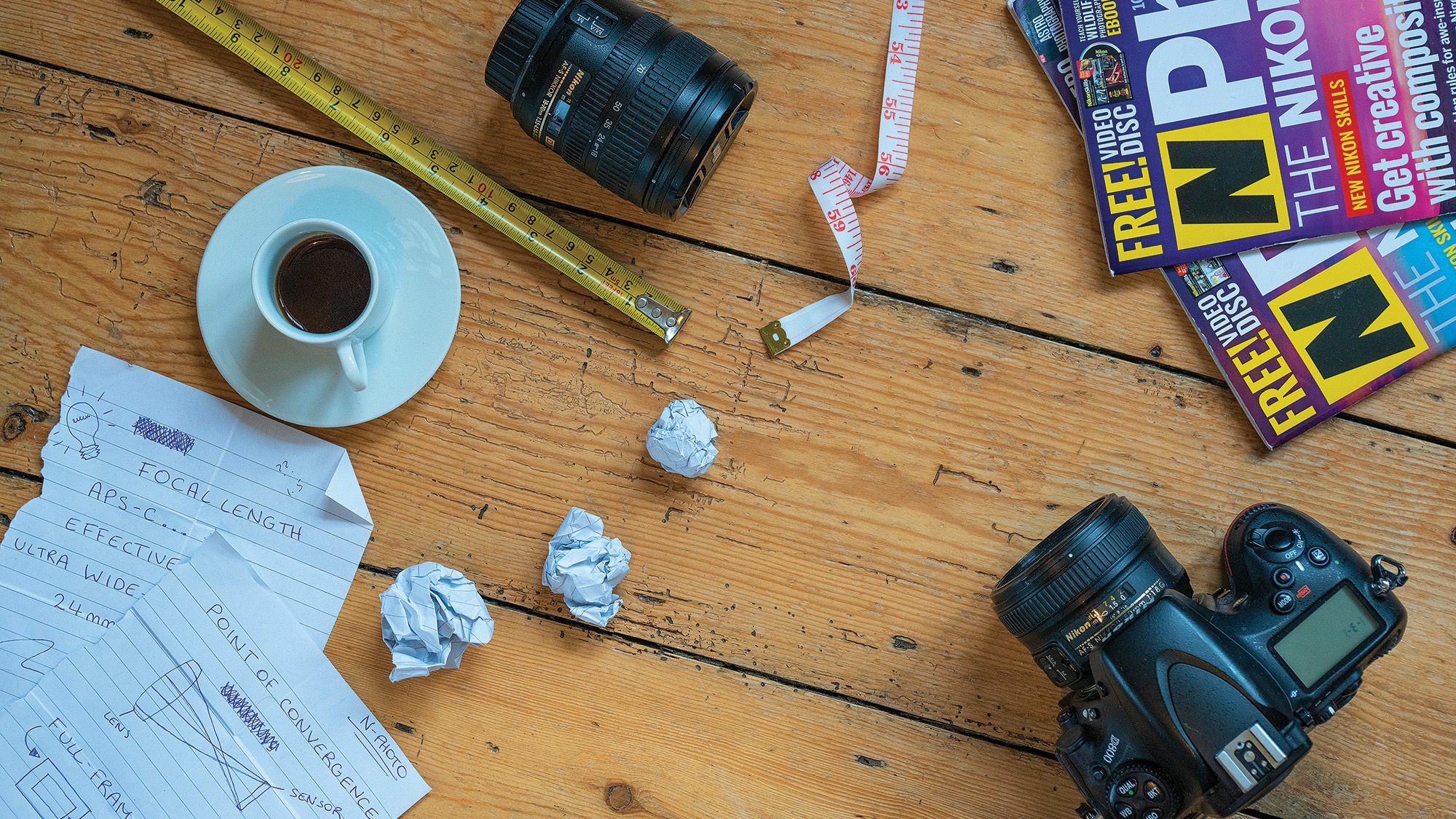
Choosing the right focal length is a crucial part of the creative decision making process for a photographer. You can have the best camera for beginners, but if you don't truly understand focal length, you'll struggle to pick the right lens for the right situation.
Focal length is used to determine your lens's angle of view, which is what you see when you look through your camera's viewfinder. The angle of view is measured from the point where rays of light converge within a lens (the point of convergence) to the camera's sensor (or film) and is calculated while the focus is set to infinity.
You will also come across the terms field of view and angular field of view. Technically, angle of view, field of view, and angular field of view are different. But the differences are minimal – not to mention disputed – so I'm going to simplify things by referring to angle of view, exclusively.
Lenses with fixed focal lengths are known as prime lenses and lenses with varying focal lengths are zoom lenses. Understanding the angle of view is crucial when identifying, say, the best lenses for bird photography and is something that seasoned photographers do instinctively.
In short, the smaller the focal length, the wider the angle of view and the more 'wide-angle' the lens. The larger the focal length, the narrower the field of view and the more 'telephoto' the lens. Focal lengths are often split into six categories. Below, you'll find a breakdown of each category and the genres of photography they’re often associated with.
It's worth noting that these parameters can shift slightly, depending on where you look or who you ask. We'd suggest viewing them as guidelines that will help you get used to choosing the right focal length for the job. Ultimately, the best focal length will always be the one that helps convey your creative vision.
Understanding crop factor
I will be referring to focal lengths in 35mm (or full-frame) terms. If you're using an APS-C or Micro Four Thirds camera, you will have to work out the 35mm-equivalent focal length of your desired lens to find the category that it occupies.
The best camera deals, reviews, product advice, and unmissable photography news, direct to your inbox!
Because APS-C and Micro Four Thirds sensors are smaller than full-frame sensors, they have a crop factor, which you can use to find out the 35mm-equivalent focal length. To find this out, multiply your lens's focal length by 1.5 if you're using an APS-C Nikon, Fujifilm or Sony camera, 1.6 if it's an APS-C Canon camera, and 2.0 if it's a Micro Four Thirds camera.
So, a 50mm lens on a Nikon DX body has a comparable angle of view to a 75mm lens on an FX body, because 50 x 1.5 = 75.
• Photography cheat sheet: Focal lengths explained
1. Ultra wide angle
Focal lengths below 24mm are referred to as ultra-wide-angle. Such focal lengths provide extremely wide angles of view and are often used to cram huge pieces of architecture or sprawling landscapes into the frame. Fisheye lenses use ultra-wide-angle focal lengths too, but feature even wider angles of view due to their specialist construction.
The best lenses for astrophotography are often ultra-wide angle, due to astrophotographers requiring a wide enough field of view to capture the panoramic night sky.
2. Wide angle
Wide-angle focal lengths offer wide angles of view that aren't as extreme as their ultra-wide counterparts. The wide-angle ballpark sits between 24 and 35mm, and is used to capture landscapes and architecture. Wide-angle lenses suffer from barrel distortion and are therefore not used for conventional portraits.
The best lenses for landscapes are typically wide angle, allowing landscape photographers to capture sprawling vistas with more manageable barrel distortion than ultra-wide-angle lenses, which can diminish subjects by making them appear smaller within the scene.
3. Standard
Standard focal lengths range from 35 to 70mm and are generally considered the most versatile focal lengths. The 'nifty fifty' (or 50mm prime) is a perfect example of a standard focal length that's used to shoot a wide range of subjects, as it's close to human vision, making it popular for casual, street and documentary photography.
The best lenses for street photography tend to be standard lenses, providing an authentic angle of view, which complements the subject matter.
4. Short telephoto
Focal lengths of 70 to 300mm are sometimes referred to as telephoto, but that doesn't tell the whole story. It's worth recognizing the short (or medium) telephoto category, which generally goes up to 135mm, as it's particularly suitable for portraits and close-up photography.
The best macro lenses are usually short telephoto focal lengths – particularly useful when working with skittish subjects who might spook if you get too close.
5. Telephoto
With short telephoto lenses ranging from 70 to 135mm, anything beyond this (up to 300mm) is simply telephoto. Such focal lengths provide increasingly narrow angles of view and a decent amount of reach. They're therefore commonly used by sports and wildlife photographers.
The best lens for sports photography will almost always be a telephoto or super-telephoto optic (the latter is up next).
6. Super telephoto
Go beyond 300mm and you're into super-telephoto territory. These focal lengths feature the narrowest angles of view and furthest reach. Super-faraway subjects are the order of the day, making them ideal for wildlife, aviation events and picking out individual sportspersons from the sidelines.
The best telephoto lenses are often super-telephoto examples. Perfect for getting you close to the action, from a faraway vantage point.
You may also be interested in the best Nikon lenses, the best Canon lenses and the best Sony lenses.

Mike studied photography at college, honing his Adobe Photoshop skills and learning to work in the studio and darkroom. After a few years writing for various publications, he headed to the ‘Big Smoke’ to work on Wex Photo Video’s award-winning content team, before transitioning back to print as Technique Editor (later Deputy Editor) on N-Photo: The Nikon Magazine.
With bylines in Digital Camera, PhotoPlus: The Canon Magazine, Practical Photography, Digital Photographer, iMore, and TechRadar, he’s a fountain of photography and consumer tech knowledge, making him a top tutor for techniques on cameras, lenses, tripods, filters, and more. His expertise extends to everything from portraits and landscapes to abstracts and architecture to wildlife and, yes, fast things going around race tracks...
